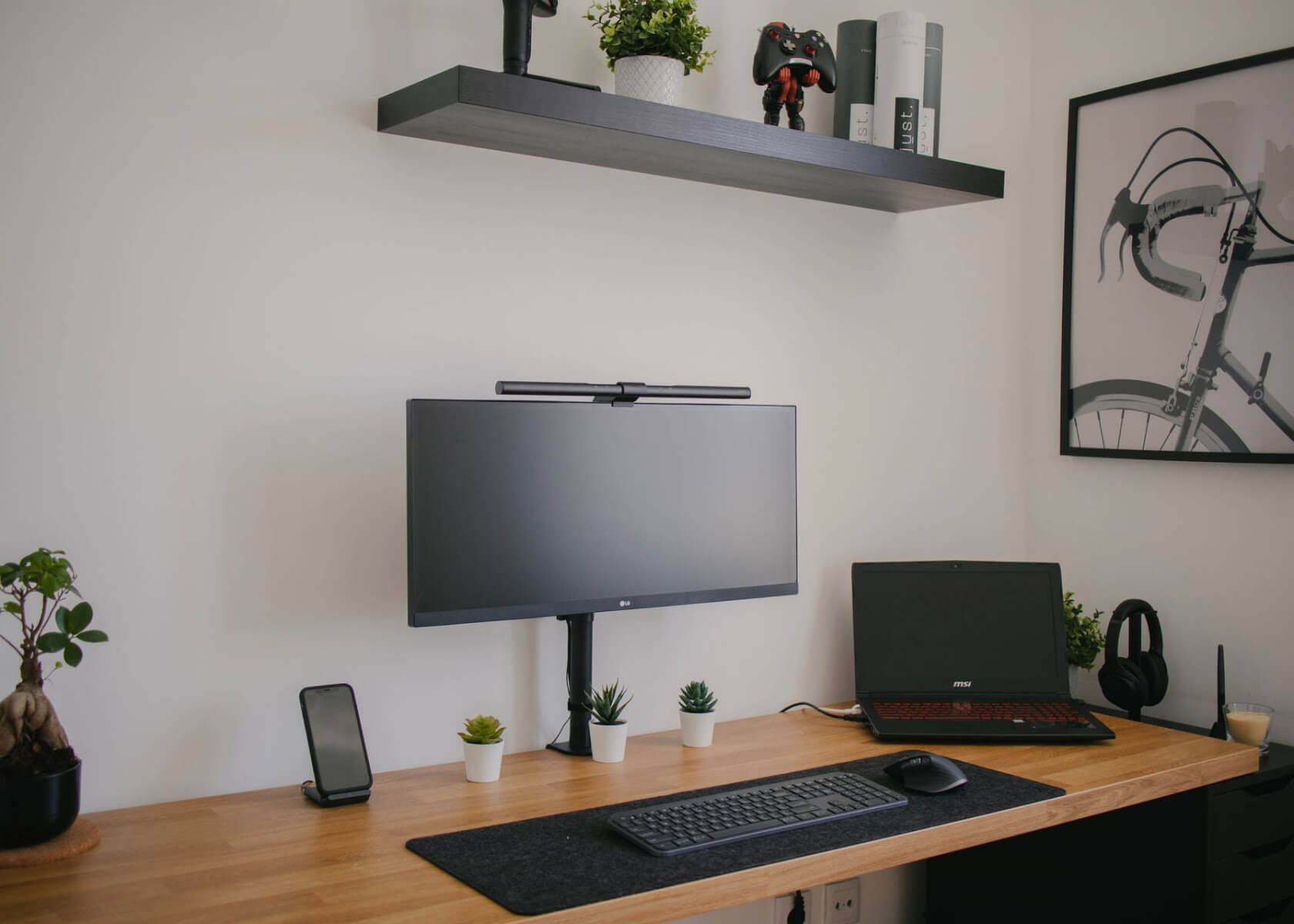Designing an Company Intranet or Knowledge Base in Notion

New to Notion?
How to Design a Company Intranet or Knowledge Base within Notion for Internal Use
In today's fast-paced business environment, having a centralized repository of information is crucial for any organization. A well-designed company intranet or knowledge base can enhance collaboration, improve productivity, and streamline information sharing within internal teams. Notion, a versatile all-in-one workspace, offers a powerful platform to build a customized intranet or knowledge base tailored to your organization's needs. This guide provides a step-by-step walkthrough of designing a company intranet or knowledge base with the current Notion features and best practices.
Step 1: Define the Purpose and Scope
Before diving into the design process, clearly define the purpose and scope of your intranet or knowledge base. Consider these questions:
- What type of information will the intranet or knowledge base store?
- Who are the primary users of this system?
- What goals are you aiming to achieve with this platform?
- Which features and functionalities does your organization need?
A clear understanding at this stage helps ensure a focused and efficient plan for your Notion workspace.
Step 2: Structure Your Notion Workspace
Think of structuring your Notion workspace as building the foundation of your intranet or knowledge base. Consider these essential elements:
Pages and Sections
- Create distinct pages and sections to categorize your content for easy navigation.
- Use headings and subheadings to represent different topics and subtopics, such as departments, policies, procedures, guidelines, and FAQs.
Databases
- Leverage Notion’s robust databases to organize structured information like employee directories, project trackers, and document repositories.
- Set up custom views, filters, and sorting options so users can quickly access relevant information.
Templates
- Take advantage of Notion’s extensive template gallery or create custom templates to maintain consistent formatting.
- Use templates as a starting point for new pages or when updating content, saving time while ensuring uniformity.
Permissions and Access Control
- Configure permissions and access controls to grant or restrict access for specific individuals or teams.
- This setup ensures that sensitive information remains accessible only to authorized personnel.
Step 3: Design and Layout
Once your structure is in place, focus on the overall design and layout to create an engaging and functional experience.
Visual Hierarchy
- Use headers, subheaders, and formatting features (such as bold text and inline code like
Ctrl + A) to create a clear visual hierarchy. - A well-defined hierarchy helps users quickly understand the structure and navigate the content with ease.
Consistent Branding
- Incorporate your company’s branding elements — including your logo, colors, and typography — to maintain a consistent look and feel.
- Consistent branding reinforces your organizational identity across the intranet or knowledge base.
Visual Elements
- Enhance your content with images, icons, and other visual elements to make information more engaging.
- Visual cues help highlight critical information and improve overall user experience.
Cross-Linking
- Utilize Notion’s cross-linking capabilities to connect related pages and pieces of content.
- Effective cross-linking enhances content discoverability and enables seamless navigation between sections.
Step 4: Content Organization and Searchability
Organized content and robust search capabilities are vital for a successful intranet or knowledge base. Consider these strategies:
Tagging and Labeling
- Use tags and labels to group similar content, facilitating easier discovery for users.
- A consistent tagging system improves the efficiency of the search functionality across your workspace.
Table of Contents
- For longer documents or expansive sections, include a table of contents.
- This addition provides users with a handy overview and aids in navigating lengthy content effortlessly.
Search Integration
- Take advantage of Notion’s enhanced search functionality, which now includes advanced filtering and natural language processing capabilities.
- Encourage users to use relevant keywords in their content and share search tips to optimize information retrieval.
Step 5: Collaboration and Feedback
Foster a culture of collaboration and continuous improvement by incorporating these features:
- Commenting and Discussion: Enable commenting features so team members can provide feedback, share suggestions, and engage in discussions on specific topics. This supports collective problem solving and knowledge sharing.
- Version History and Change Tracking: Utilize Notion’s version history to keep track of updates and revisions. This ensures transparency and accountability as team members can review changes over time.
Step 6: Training and Adoption
Maximize the benefits of your newly customized intranet or knowledge base by investing in team training:
- Provide user guides and host training sessions detailing the essential features of Notion.
- Encourage employees to explore and experiment with the platform, gradually increasing adoption and boosting productivity.
- Consider introducing Notion AI features for tasks like content suggestions, automated tagging, or summarization to further streamline your processes.
By following these steps, you can design a company intranet or knowledge base within Notion that serves as a powerful tool for internal collaboration and effective knowledge sharing. Regularly review and update your content to maintain its accuracy and relevance. With Notion’s flexibility and continuous enhancements, the opportunities for creating a highly efficient digital workspace for your organization are endless.


